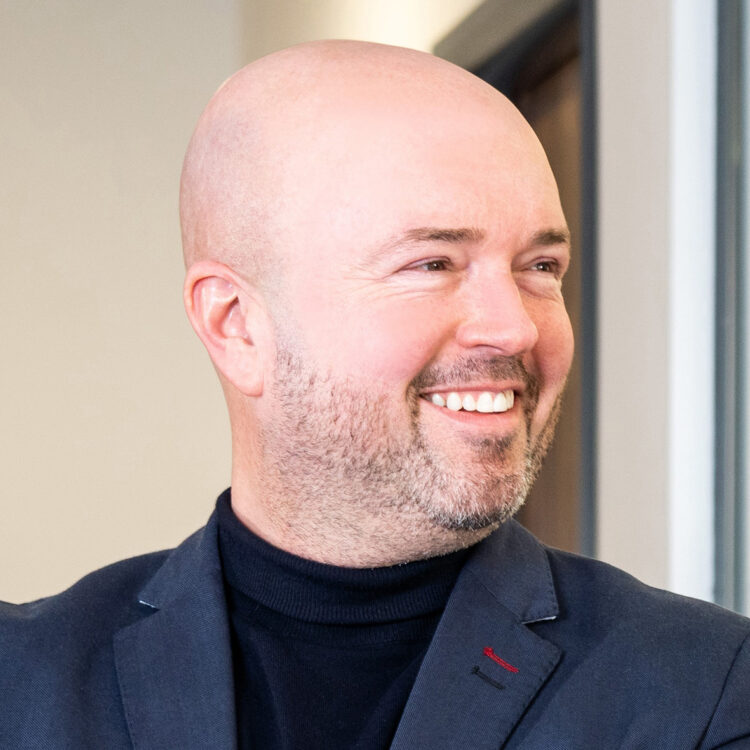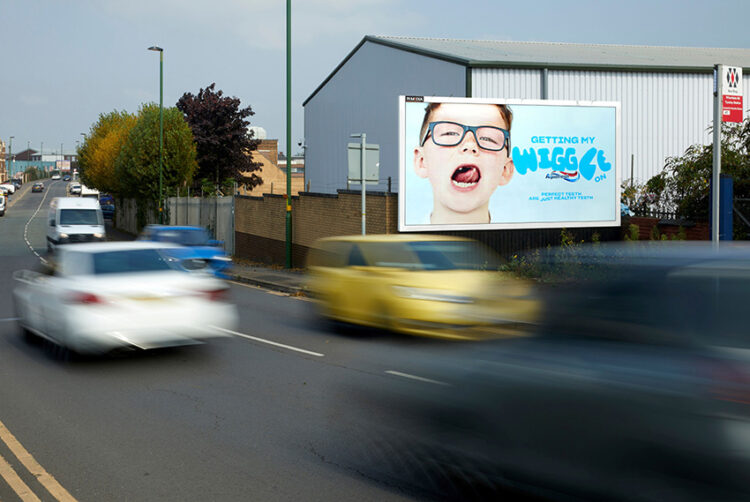The Year Ahead 2025 | Opinion
Digital has an important role to play, but it’s time we stop talking down the classic billboard. For its ability to build trust, its scope for creativity and the attention it garners, the traditional OOH poster is here to stay.
If you were a newcomer to the outdoor advertising industry, reading up on the subject over the last couple of weeks, you’d probably believe traditional paper billboards were a thing of the past and that the only future is a digital one.
Digital OOH (DOOH) has been a revolution in the industry — but it doesn’t mean there’s not still a very clear role for the classic billboard.
World Out of Home Organization president Tom Goddard recently called classic OOH the medium’s “sleeping giant”, saying it needed to step up to the revenue plate. But that’s not going to happen unless those in the industry start showing the medium the love it deserves.
Staying power
One in three (32%) of the campaigns 75Media runs on its roadside portfolio are either purely on classic sites or involve an element of classic. The latter — which make up one in four (23%) of the campaigns we execute — shows that clients are choosing to blend classic and digital formats to achieve different objectives.
And that’s the beauty of having both sides of the OOH format available — they can really complement each other if used in the right way.
The fact is that classic sites are typically held for a much longer period — for 75Media clients, this is 156 days. Digital campaigns, on average, run for 68 days. Our longest-running classic campaign was four and a half years: you’re not telling me that a company kept it going all that time without proof that it was benefiting its business?
Building trust
Long-term holds via classic sites build trust, loyalty and brand awareness over a more prolonged period. Space isn’t shared; it’s an ownable asset.
For some businesses, it might be their only physical presence and a reassurance to their clientele. But then, when a time-specific burst of activity is required, digital steps in — to drive footfall, sales, website traffic, downloads, events attendance, fundraising appeals and much more.
Classic can offer genuinely cost-effective advertising, with affordable production and installation, as well as the potential for long-term placement, meaning businesses can maximise return on investment.
Analysing 75Media’s data, we can see that those organisations that are most likely to choose classic, with ad-hoc digital support, are in sectors such as retail, fitness, health, entertainment, attractions, travel and education.
Creativity in a different way
While other media owners are offloading their classic sites, we continue to take them on. Some we will probably, ultimately, convert into digital billboards. But others we plan to give a new lease of life in their original form.
Often, with classic sites, they have been neglected physically for some time, so you have to ensure you take care of it. These sites should be an asset to their communities, not an eyesore. At one point, the environmental credentials of classic billboards was of concern, but with the use of recycled paper, along with plant-based inks, this is an area that is constantly improving.
There are many creative ways to use digital OOH advertising, not least of all programmatic, but classic sites offer scope for creativity in a different way.
People talk about classic billboards in a way they don’t talk about digital ones — for example, the 1990s “Hello Boys” poster with Eva Herzigová or the much-loved Araldite car on a billboard in the 1980s. People remember them. McDonald’s only needs to include a suggestion of a golden arch on a billboard to let people know there’s a restaurant coming up.
Capturing attention like no other
Look at all the special build billboards we’ve seen over recent years and the huge talkability they create. From purposely wonky billboards to billboards “on fire”, from featuring a real-life person to sending out a scent or giving away rosé, beer or burgers — they’re shared and shared, gaining reach way beyond those who see them in person.
But they don’t have to be special builds. Look at the recent social media sharing of Tesco’s billboards, simply spelling out the supermarket’s name using products sold in store. Things can capture attention on a 48-sheet or 96-sheet in a way they can’t in other advertising formats.
Clearly, the classic billboard is not dead. So, as an industry, it’s time we stopped talking it down.
If we’re not careful, we’ll hammer the final nail in the coffin ourselves by “predicting” it into reality. My prediction is that the classic billboard will be here for quite some time.
 Paul Inman is managing director at 75Media
Paul Inman is managing director at 75Media
Adwanted UK is the trusted delivery partner for three essential services which deliver accountability, standardisation, and audience data for the out-of-home industry.
Playout is Outsmart’s new system to centralise and standardise playout reporting data across all outdoor media owners in the UK.
SPACE is the industry’s comprehensive inventory database delivered through a collaboration between IPAO and Outsmart.
The RouteAPI is a SaaS solution which delivers the ooh industry’s audience data quickly and simply into clients’ systems.
Contact us for more information on SPACE, J-ET, Audiotrack or our data engines.






 Paul Inman is managing director at 75Media
Paul Inman is managing director at 75Media